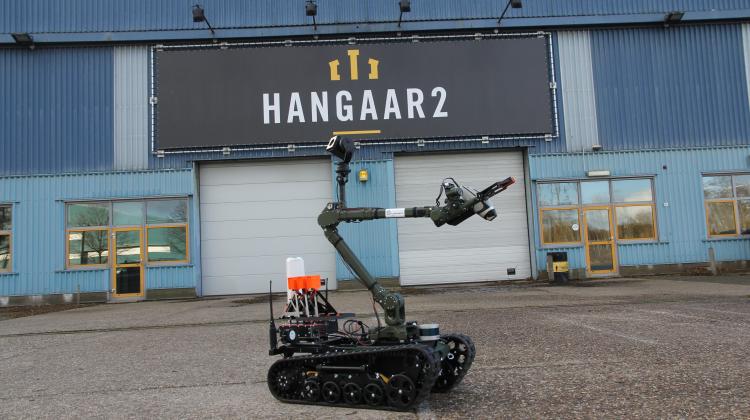Polish technology on board the cometary lander
 Geological penetrator MUPUS designed by Polish engineers for the Rosetta space mission. Photo: Space Research Centre PAS.
Geological penetrator MUPUS designed by Polish engineers for the Rosetta space mission. Photo: Space Research Centre PAS.
The probe Philae, sent by the European Space Agency (ESA) as part of the Rosetta space mission, landed last Wednesday on the surface of the comet 67P/Churyumov-Gerasimenko. The comet surface will be penetrated by the penetrator MUPUS built at the Space Research Centre PAS, which uses technology developed at Warsaw University of Technology.
In the MUPUS experiment, the first geological studies in the history will be made on the surface of a comet. MUPUS a complicated hammer (geological penetrator), designed to pile into the surface of a comet without carrying the forces to the lander.
According to the release of the Faculty of Materials Science and Engineering, Warsaw University of Technology, machined titanium alloys were used in the construction of the penetrator MUPUS. The surfaces of the individual components had to be modified to match the required parameters for the extreme conditions in space. For this purpose, specialized surface treatment method known as "glow discharge carbonitriding" was used.
"You have to remember that the probe’s flight to the comet took 10 years. When we were working on the parts of the cosmic hammer, glow discharge carbonitriding of titanium alloys fluorescent technology was innovative in the world" - said Prof. Tadeusz Wierzchoń from Warsaw University of Technology.
The process involves introducing nitrogen and carbon atoms into the outer layers of titanium components. This must be carried out under appropriate conditions. As a result, the surface becomes hard and wear resistant, and also has good adhesion to the substrate.
The methods used in the construction of the instrument for the spacecraft were later developed and transferred to other practical applications. For example, engineers from Warsaw University of Technology now use the glow discharge method of processing titanium for the heart pump components, on which they are working. This method is also successfully used in the preparation of components of hip replacements, bone implants, and in completely different areas, e.g. making parts for aircraft engines.
PAP - Science and Scholarship in Poland
cza/ krf/
tr. RL
Przed dodaniem komentarza prosimy o zapoznanie z Regulaminem forum serwisu Nauka w Polsce.


















